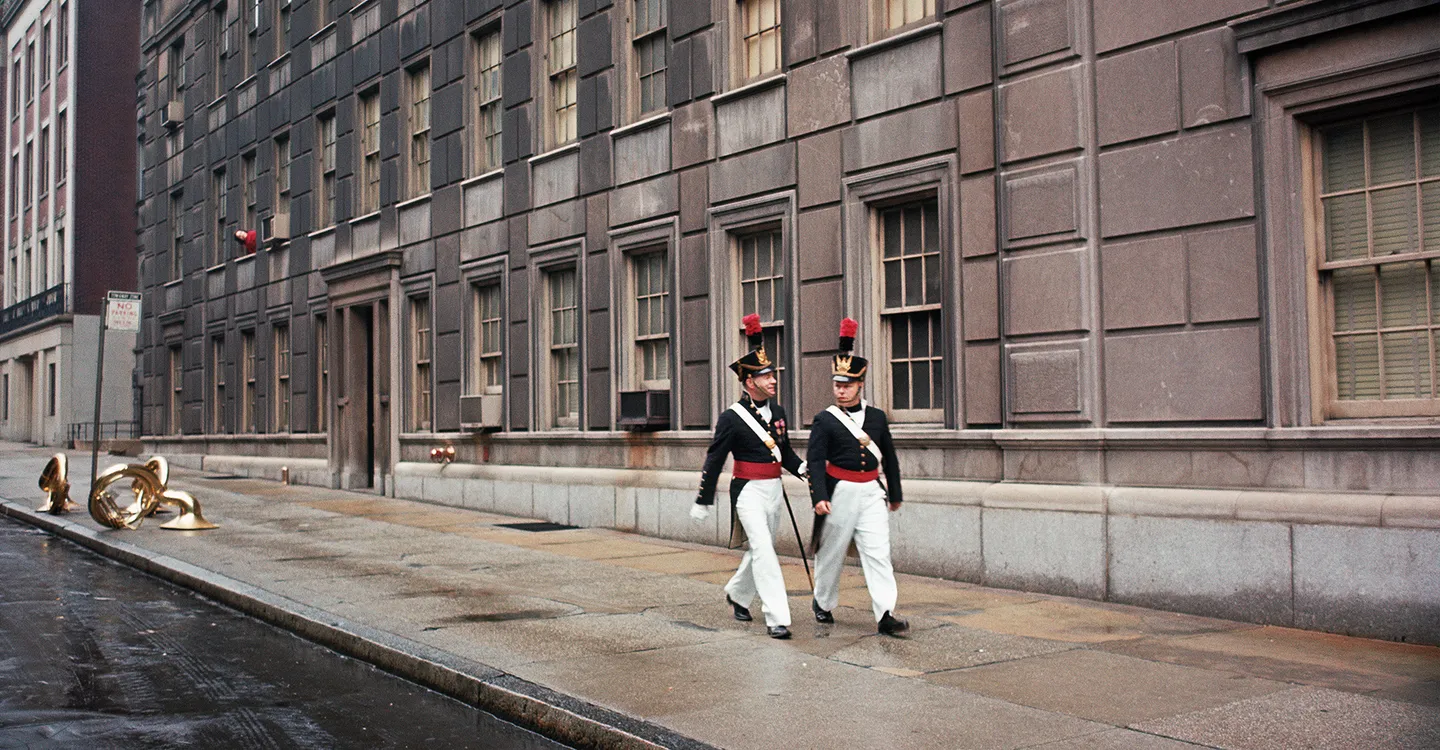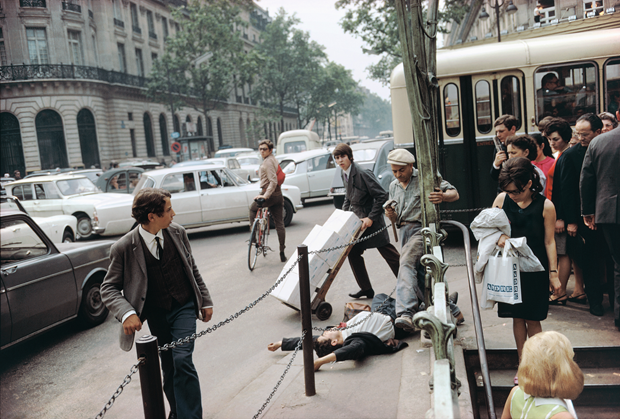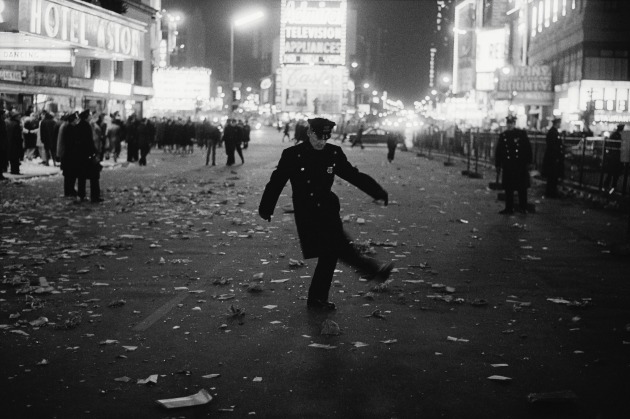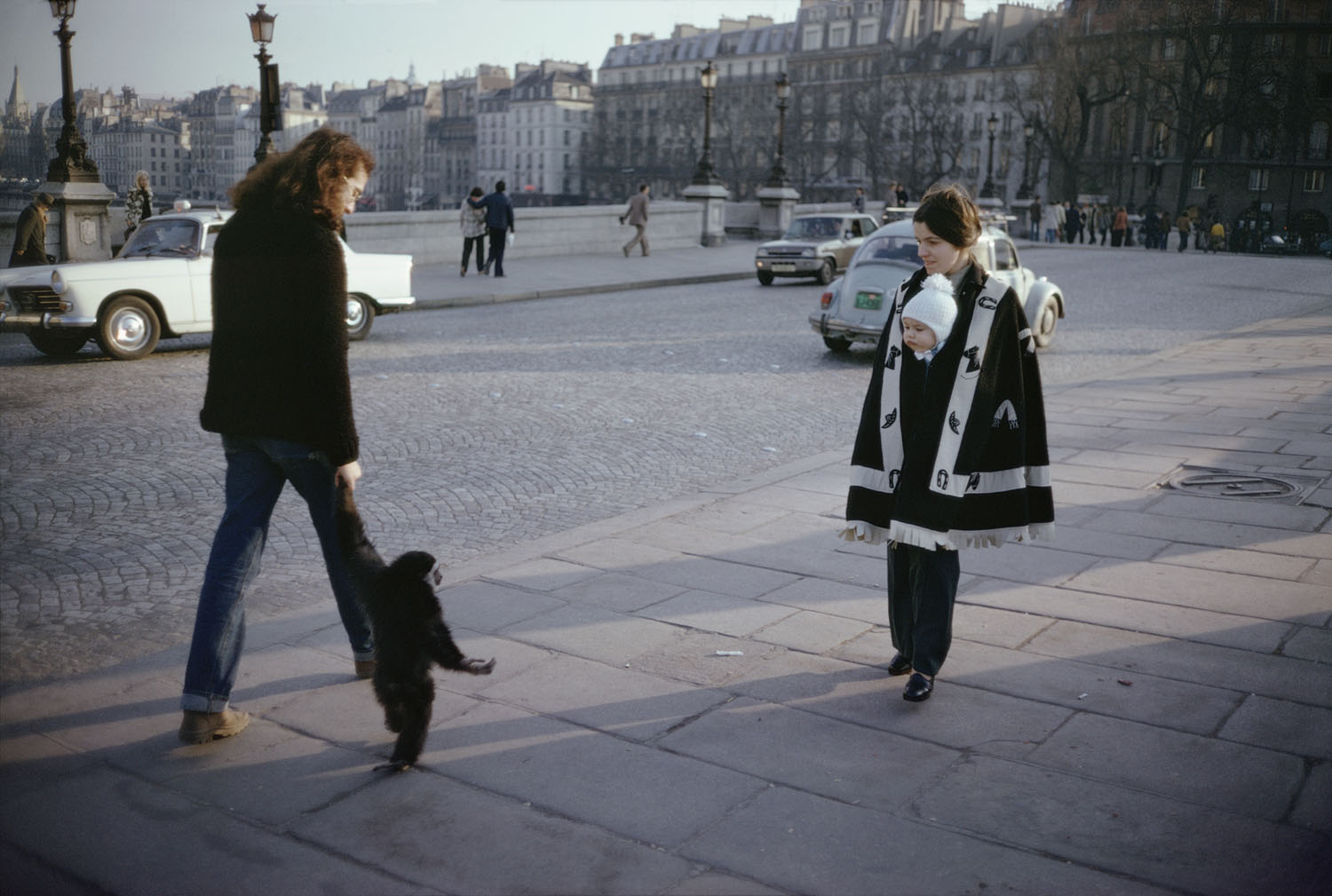Penny
"Cur Non" - Marquis de Lafayette
ContactSheet-001 ContactSheet-002
I did take more photos than this, but I believe I deleted them after I was told the lighting was poor. These photos were all taken at once.





These are my favorite photos from the trip to Shine. They turned out grainy here, I don’t know what happened
The first one was taken on a little break we had from moving. I thought it was interesting how we had a real person looking through a gap in a statue, and the texture of the statue was really interesting. If I could change more about this photo I might remove more background elements, though I do like the pop of color the leaves add. Maybe I could have cropped it even closer to the girl’s face, which might have been more pixelated because my phone camera isn’t super detailed but it would focus on the most important part of the photo.
The second one is alright. I wanted to catch someone at work, and looking at her from afar I noticed that she seemed fairly disinterested with her job. I thought that looking out of the photo might be her trying to escape the frame. I like how much green is in this photo, it might be my favorite color.
In the third photo, I didn’t even notice that the yellow things on motorcycles were people until I saw one of them facing me. Because of this I thought they would make for an interesting photo. I did try to take one including their faces, but the lighting was worse and this way, I can preserve the impression they first gave me.
I was kind of against using photos of pigeons because everyone had them, but I liked how the pigeons looked like they were flowing to the baby in the stroller. While I was adjusting the vibrance, I noticed that the tiles ‘gray’ on the floor actually had color, so I kept the vibrance really high.
This last photo was taken near the spot of the third photo. I thought that since this driver was so close to the parked motorcycles I could make him blend in to them. Later I noticed how full the road in the background looks, making the whole image look packed with vehicles. After working with these photos, I think this one is my favorite.
If I’m being honest, I didn’t think much about my artist inspiration. I mostly chose an artist that I liked and then took photos that I liked.





Joel Meyerowitz’s photos typically show people or buildings in an urban setting. People who appear in his photos are rarely close-up. Background elements, such as cars, are used to frame them. The people in his photos, while not filling the screen, have some interesting element to them that makes them stand out. Some examples of interesting elements are being caught falling, holding something interesting, or wearing similar clothes to someone else in the shot. Buildings in the background usually offer perspective to the picture and open up to the subject. Gray scale is used selectively, depending on what would be best for the photo. The colors that do appear are fairly muted, aside from some highlights. There’s always something telling the viewer where to look, whether its buildings, following the line of sight of the people in the photo, or simply having a lot of empty space around something in the middle.
I think I would like to take a photo like the first one. The way the car doors frame the girl’s face is particularly interesting, and her face is very expressive. Capturing moments like that is going to be a challenge, but I’m hoping that if I take enough pictures and keep an eye out, I’ll be able to grab some. Black and white photography is something I have yet to try out, and this trip may be a good opportunity to do so.
I should also keep an eye out for interesting people. I can’t expect to see a guy with a monkey, but I think I learned my lesson from going around school to always keep my camera out.
I’m excited to take photos of Shine because I’m really enjoying being part of a big city again. I like big buildings for a variety of reasons, and I’m planning on incorporating them into my photos to help with the composition.
Some of my friends are in the birdwatching club and they want pictures of birds, so look out for those too I guess :D.
Today I chose six street photography concepts to focus on: the decisive moment, things that are out of place, visual elements, perspective and angles, composition, and strong diagonals. While taking these photos, I tried to keep an eye out for moments when people moved, then took as many photos as I could. I have a lot of people just walking in the hallways. Next time I feel like I could be better about asking for photos, I didn’t do it at all unless it was with my group. Another thing was for things out of place, I didn’t actually find anything, I simply put them there. I think the photos are all right, but I don’t think they actually meet the standard.
decisive moment





All of these photos show people interacting and in movement. I managed to grab these photos by snapping a lot of bad photos, these are just my favorites.
Things out of place


These photos show items interacting that probably shouldn’t be interacting. As I mentioned, neither of these shots are organic, but I would like to keep an eye out for that in the future. I do like the composition of these photos, though.
visual elements



All these photos had interesting colors and shapes that I thought made good photos.
perspective and angles


These photos both have lines that kind of meet at the subject.
most of these photos focus on composition, I think that is one of my strengths when it comes to art. I like arranging shapes in pretty ways.
strong diagonals


the first image has a lot of diagonals built into it, but I don’t know if it counts. the other one has some diagonals with the boards and lights, so I think that one’s better.
Street photography is capturing natural moments of people or evidence of people in a photo.
© 2025 Penny
Theme by Anders Noren — Up ↑
Recent Comments